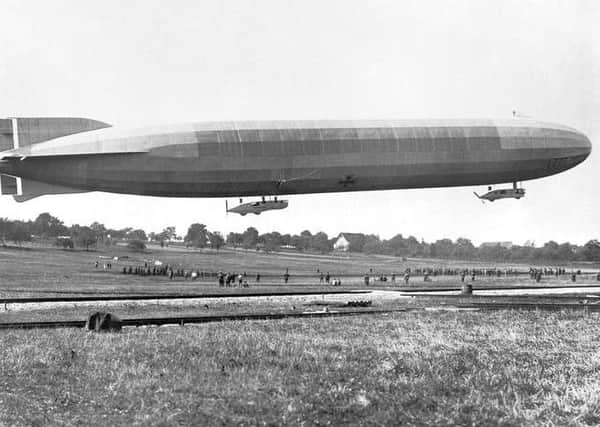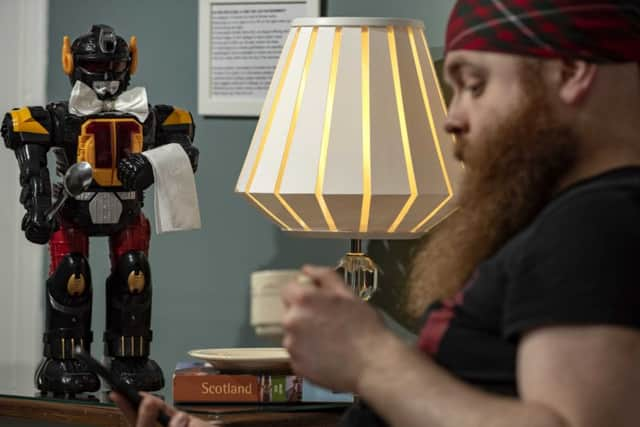Tourism chiefs toast ‘return of the Zeppelin’ for Scotland’s visitor future


There will also be a festival to celebrate the 55th anniversary of telly fantasy-history soap Outlander.
Nobody has put anything unusual in the office water supply at Edinburgh-based VisitScotland (VS), and the tongue-in-cheek predictions have been dreamed up to chime with the tourism body’s 50th anniversary.
Advertisement
Hide AdAdvertisement
Hide AdVS says it’s celebrating by speculating on how Scottish tourism will be shaping up in 50 years time, and cannily points to a likely influx of people keen to escape countries feeling the heat from global warming - our dreich, six month winter could emerge as a key selling point.


Curiously VS also sees a future for an invention many thought had gone terminally out of fashion after the Hindenburg Disaster - the giant Zeppelin airship.
Used to bomb British cities in the First World War they never really caught on, being full of highly combustible gas - but maybe new technology could somehow make them much safer than the originals.
VS also speculates that historic attractions could be replete with Disney-style 7D characters roaming cheesily about - which would steal the thunder from numerous authentic ghosts (like the White Lady at Kinneil) who do the same job, albeit unpredictably.
Advertisement
Hide AdAdvertisement
Hide AdIn 2069, meanwhile, VS envisages Glasgow and Edinburgh merging into one enormous central Scottish urban sprawl (more so than at present), which would mean Falkirk would be the obvious choice to be the new capital of Scotland (as Glasgow comedian Arnold Brown once observed: “Sorry, Edinburgh - a castle is not enough”).
Much more will have happened by 2069 - flying taxis, low orbit rocket trips and the chance to dine on haggis made from insect protein ... and either Partick Thistle or Stennie will have won the Scottish Cup.
Grangemouth, meanwhile, will have gained its third Kelpie.
The Development of Tourism Act came into force in 1969 and an official Scottish Tourist Board was established with government funding.
Since them the tourism industry is claimed to have gone from strength to strength.
Advertisement
Hide AdAdvertisement
Hide AdComplaints nevertheless continue to abound about poor service, high prices and lamentable public transport in various parts of Scotland.
However there are major success stories too, many due to entrepreneurs who have carved a niche without help from any organised government-run agency.
The strength of Scotland as a unique tourism destination is increasingly recognised across the world, but particularly in England - our most important market for visitors by far.
A research paper on future tourism trends can be accessed at www.visitscotland.org/research-insights/trends